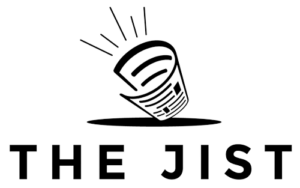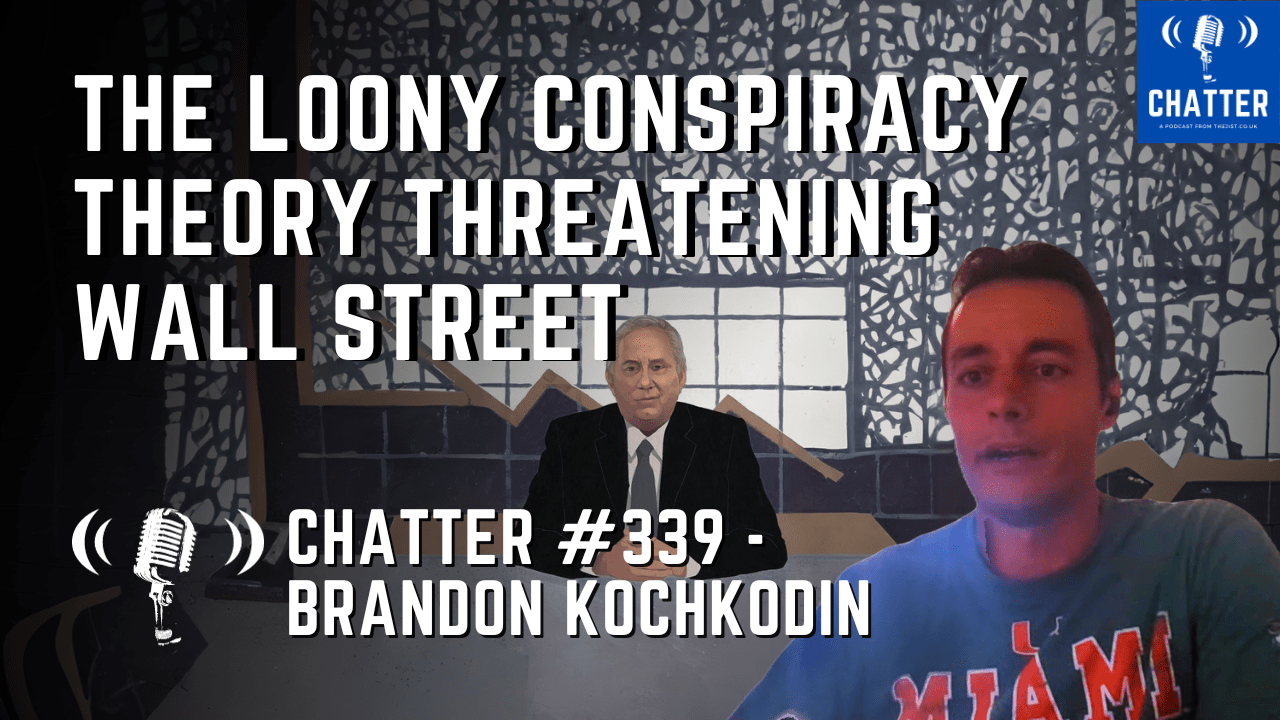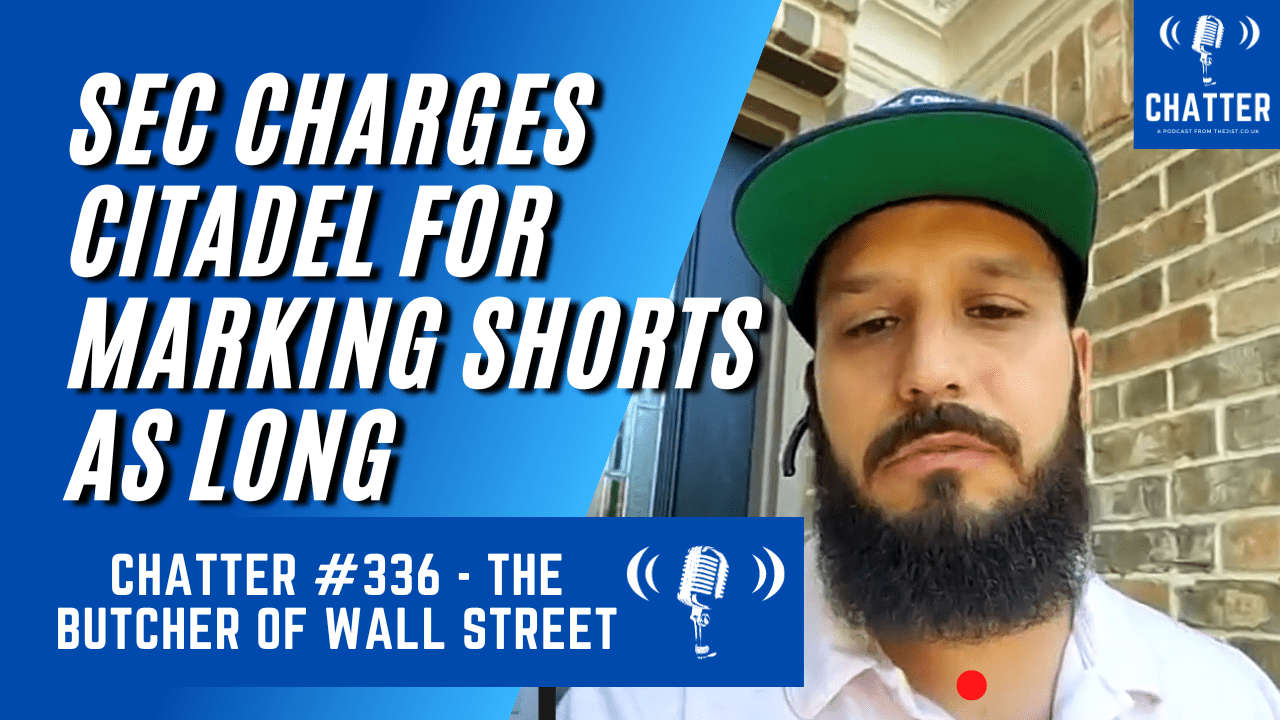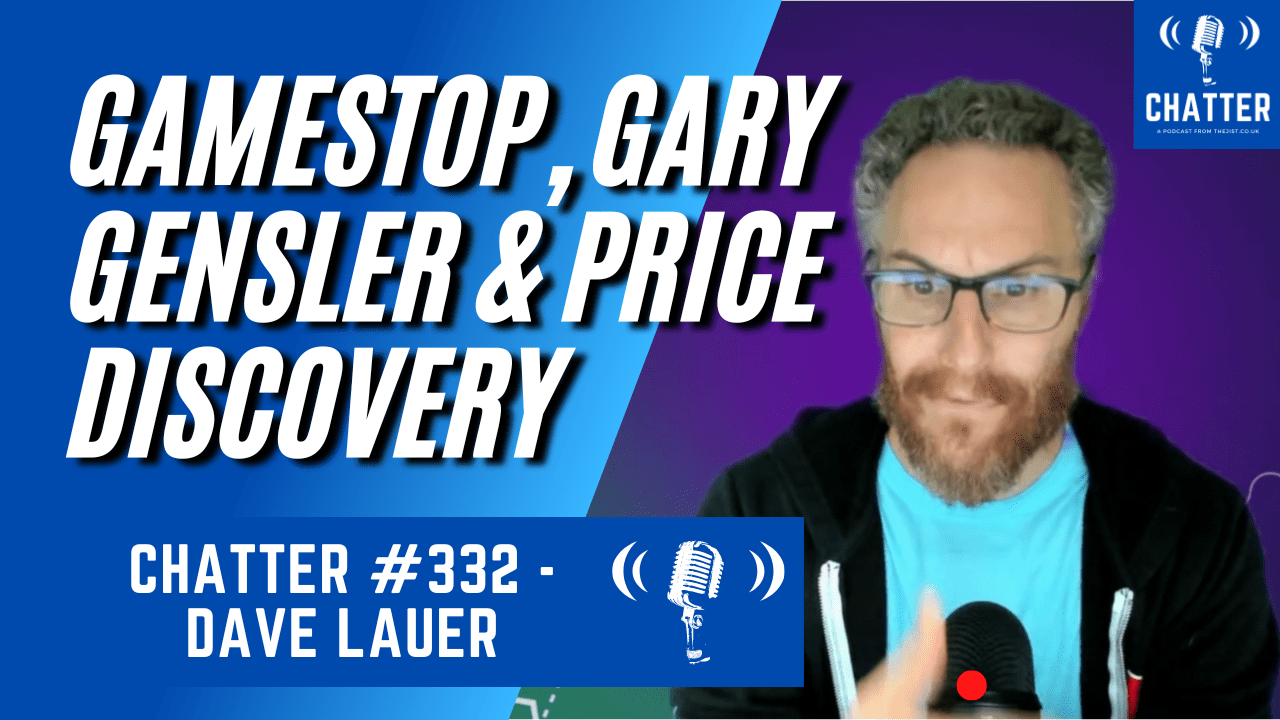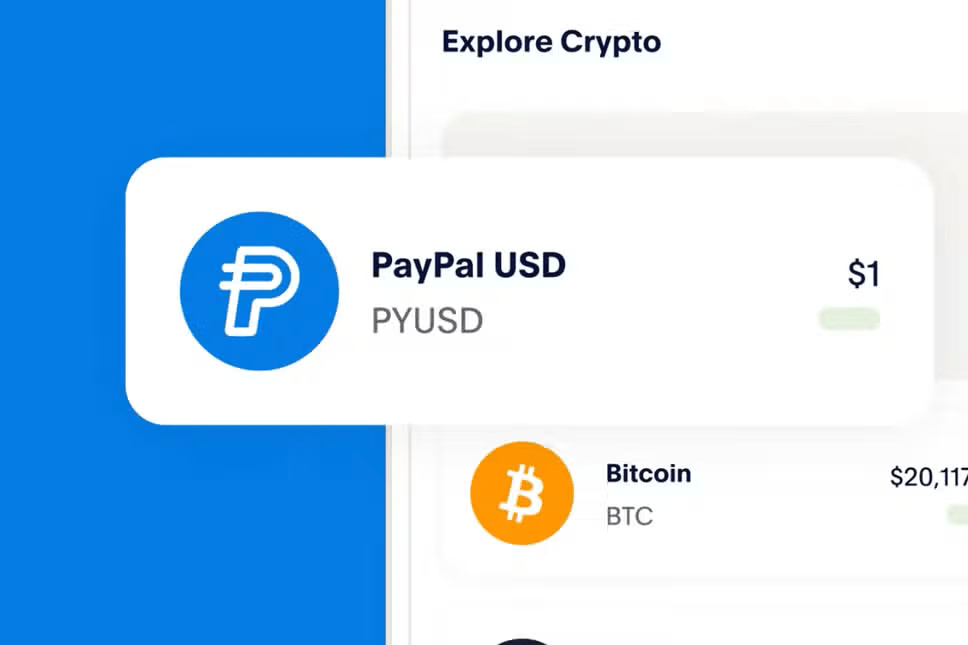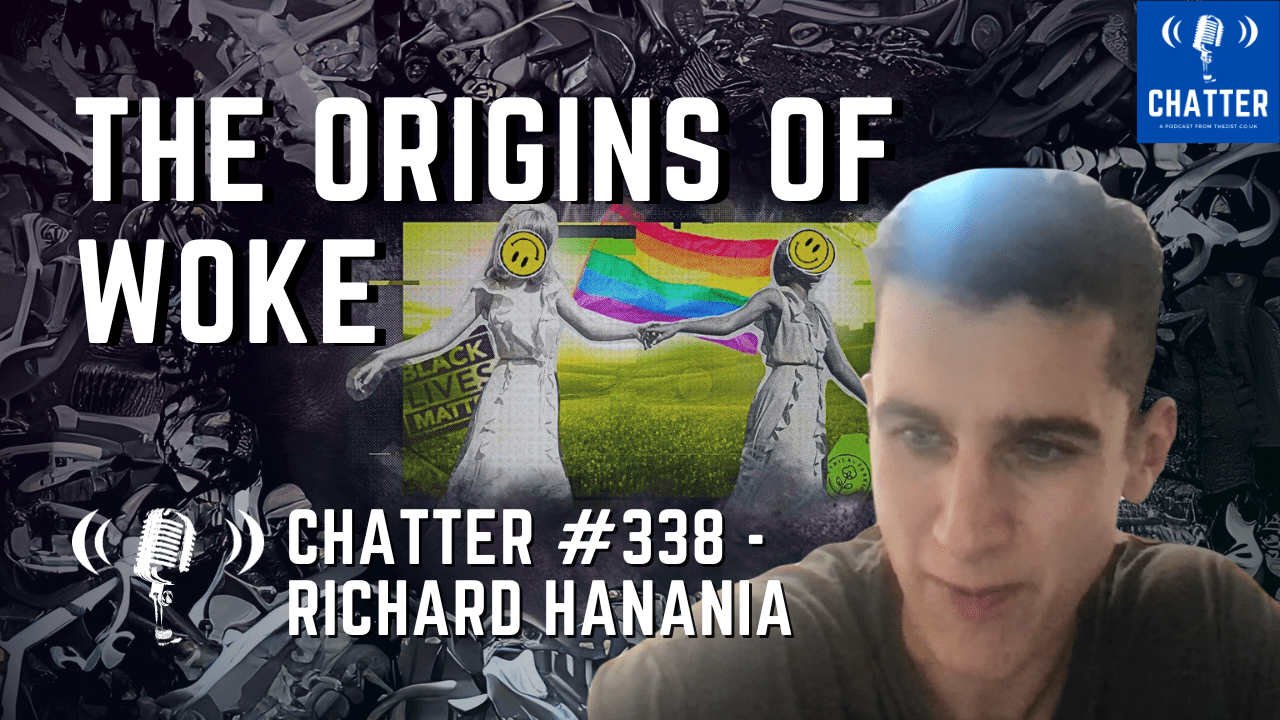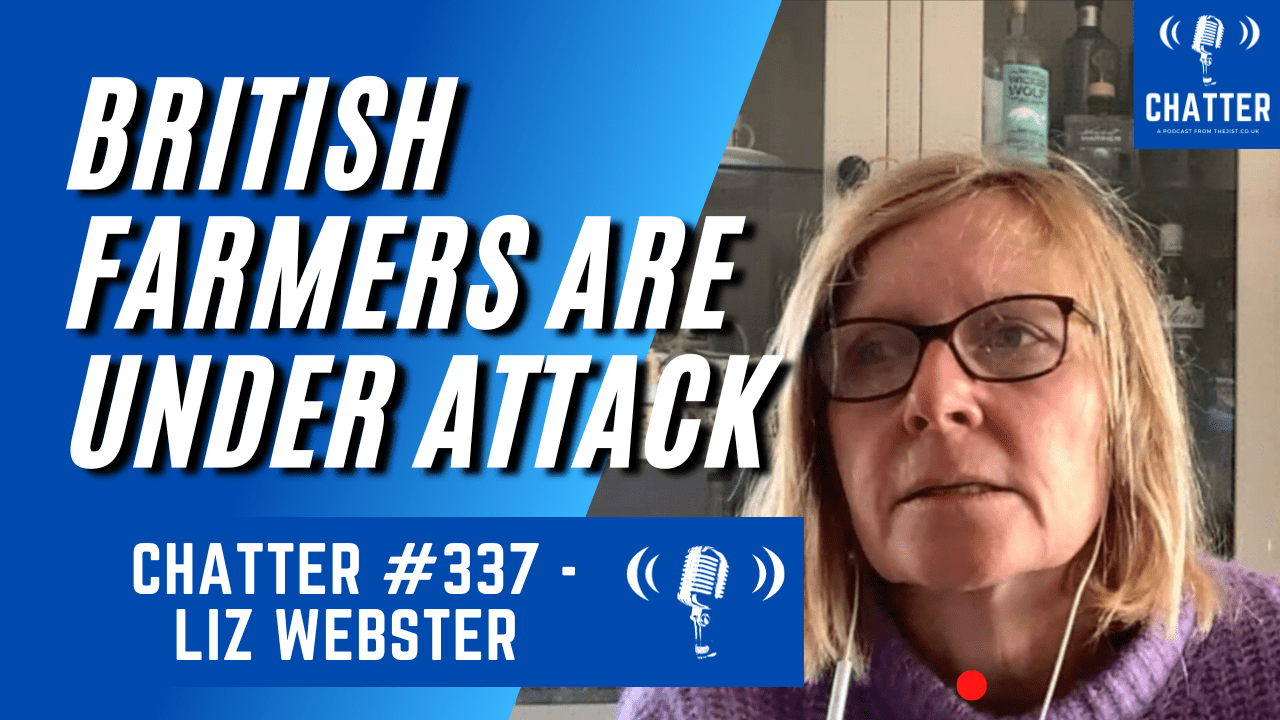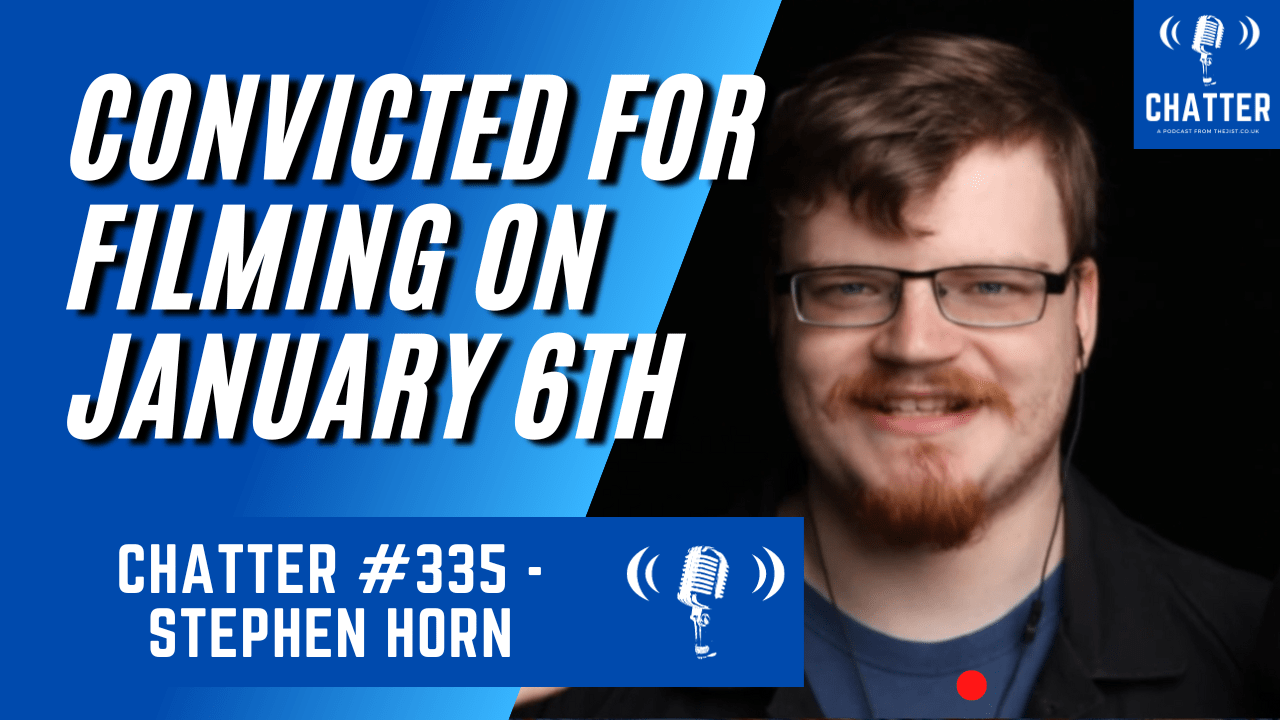OK, not Heaven, almost Heaven. West Virginia to be exact, Blue Ridge Mountains, Shenandoah River, my home-sweet-home for a few short years. That beautiful dark and dusty state is in the grips of a brutal opioid epidemic. It seems everyone knows at least someone who’s battling an opioid addiction, and everyone else tries hard to ignore it. But the epidemic shows no signs of slowing. In fact, opioid overdoses claimed more lives in 2015 than in the previous fifteen years and many believe the epidemic has yet to peak. Here’s a look at the crisis unfolding down those country roads.
Why did this epidemic hit West Virginia so hard? It’s well reported that blame for the epidemic can be spread like buckshot. Myriad bad ideas, greed and deception coupled with economic hardship created the perfect environment for opiate abuse to thrive. It would be remiss to say that the epidemic is specific to West Virginia. Most Appalachian states are struggling, as are many of the Rust Belt states. New Hampshire has been hit especially hard and some western states are catching up. A December 2016 report released by the Centers for Disease Control and Prevention stated that approximately 33,000 Americans died in 2015 due to misuse of opiates. The same report showed that opioids prescribed in 2015 were enough to keep every American medicated for about three weeks. What is more troubling still is that prescription opioids are no longer driving overdose statistics. In fact, opioid prescription rates are finally falling in most areas devastated by the crises. Instead, heroine and synthetic opioids such as fentanyl have taken their place. So how did we get here?
Pharmaceutical Companies
An obvious target for blame would be the pharmaceutical industry. Should companies like Purdue Pharma shoulder any of the blame? They are, after all, just a company supplying pain-killers that are in demand. They cannot force people to abuse their drugs. Unfortunately, many pharmaceutical companies such as Purdue Pharma (makers of OxyContin), deliberately mislead regulators and physicians, claiming their drugs were less addictive than other forms of opioids thus suggesting their product could safely be used to treat all manner of moderate to severe pain. Purdue and OxyContin changed the way doctors viewed opioids and the way doctors approached pain. West Virginia, like many other states battling the epidemic, tried to attack what they thought was the root of the problem, pharmaceutical companies who trivialized the highly addictive qualities of their opioid-based products and who overinflated the benefits their drugs had on chronic pain. The Attorney General of West Virginia sued Purdue Pharma as early as 2001. The state claimed Purdue carelessly marketed and distributed the highly addictive drug. The powerful company and the hurting state reached a settlement of $10 million dollars which is pocket change compared to the $31 billion in revenue OxyContin generated for Purdue and its shareholders. With that kind of profit, paying out $10 million settlements here and there is just the price of doing business.
Several cities, counties, and states in embroiled areas have followed suit, taking a stab at litigation as a means of punishing the pharmaceutical industry for its unmistakable part in creating the crises. In 2007, Purdue and three of its executives paid $634.5 Million to settle criminal and civil charges laid against them for “misbranding” OxyContin as being less addictive than other pain meds. The momentum down this road is gaining speed as several other big pharma companies are facing lawsuits of their own (Johnson & Johnson, Endo, Activas, Teva and, Allergan to name a few). The Department of Justice is carving out their path as well, as is evident in their recent action against Mallinckrodt (makers of Oxycodone) and McKesson (wholesale pharma distributor).
Pharmaceutical Sales Tactics
We can’t talk about the pharmaceutical industry without talking about their sales tactics. Sales representatives, the face of most pharma companies, are usually compensated with a salary that is heavily bolstered by commission and bonuses. Their job is to ‘“educate’” potential prescribers to the efficacy of their product over countless other drugs on the market. Normally the pursuit of educating the public is a noble thing. In this case however, sales reps very rarely have any kind of medical or pharmaceutical background to speak of. Most are young and most importantly, have racked up some serious sales experience. Sales reps are charged with educating physicians on the usefulness, efficacy, and value of their drugs over those of competitors. They receive all of their marketing information from their own company and only promote their own drugs. In essence, physicians are trusting information given to them by sales representatives who parrot sometimes biased company research. This troubling cycle of ‘“education’” favors one side of this relationship very heavily.
Furthermore, to earn their commission and quarterly bonus, representatives sometimes sweeten the pot. To increase the chance that “their” medication will be prescribed above others, representatives use a tactic called pharmaceutical gifting. Pharmaceutical companies realised the more their sales representatives spent on gifts, the more their drugs were prescribed. Sales representatives knew which physicians to target because their companies have access to physician prescribing data. The data showed which doctors needed more persuading. Gifts would be anything from supplying lunches and dinners to medical staff to hosting luxury weekend retreats to box seats at sporting events. Little expense was spared to sway doctors to be loyal prescribers and so the doctors usually obliged. In 2015, in California alone, pharmaceutical firms spent $1.4 billion on lining the pockets of doctors. Deception and greed really lit a fire under this epidemic.
State of the State
However easy it is to point a finger at the behemoths in the pharmaceutical industry, they can’t be blamed for the conditions that led people to seek relief in the first place. West Virginia is a unique state. The landscape is rugged and jagged. Tree-covered mountains crowd so close they cloak the hollers (hallows) in deep shade. Families claim the hollers and strings of generations walk the same footpaths their ancestors walked and build their new homes next to the houses their ancestors built. History and pride run deep in the craggy state and they provide an identity strong enough to anchor many residents in place. Through thick and thin, West Virginia is home. At first you might think, well that’s not such a unique mindset. Many people feel that way about the place they were born and bred. It’s only unique when you hear the numbers this state can lay claim to.
Copious reports and rankings present a bleak overview of West Virginia. The Gallup-Healthways Well Being Index, the Gallup Economic Index, the United Health Foundation’sFoundations “America’s Health Rankings,” the National Center for Education Statistics and the National Education Association’s Rankings and Estimates reports present an honest picture of what is happening in West Virginia and no amount of home-state pride can cover it up.
When considering the economic health of the state, West Virginia is ranked last or very near last (50th) in workforce education, entrepreneurial activity, technology jobs and industry, science and engineering jobs and general industry. The state perennially occupies one of the bottom five spots in terms of general economy, workforce, cost of living, median household income and personal income. Employment statistics continually place West Virginia at the bottom and for those residents fortunate enough to be employed, they, unfortunately, experience the worst underemployment rates in the nation.
West Virginia does not always occupy the very bottom of the list for education attainment, but it’s never farther than three to five places away. Student reading and maths comprehension show WV children placing well below the national average. They hover around 6-9 points below the national average depending on the grade and subject (2 pts. below the average is considered “significant”). West Virginia schools are ranked 50th in daily student attendance and 50th in average teacher salary.
But how do the residents of West Virginia fair in their day-to-day lives? The state is consistently ranked last or near last in terms of obesity, cancer deaths, diabetes, smoking, heart disease, dental care and tooth loss, blood pressure, high cholesterol, and strokes. West Virginians also rank at the bottom for missing work due to high levels of mental and physical distress and it doesn’t stop there. The state is ranked near the bottom in “Injury Deaths”, which encompass motor vehicle accidents, accidental poisonings, firearm-related deaths and the like. Finally, it should come as no surprise that West Virginia leads the nation in drug-related deaths with a rate of 32.2 persons per 100,000. Plainly put, the state is hurting.
Get the Shovel
If there was ever a deep dark hole you’d hate to be stuck in, this is it. So how would you dig your way out? Thanks to the attention this raging epidemic is finally managing to garner, a more watchful eye is hovering over the pharmaceutical industry. More states are pushing regulations meant to persuade pharmaceutical companies to act responsibly. The same goes for pharmaceutical sales to a certain degree. Some states, like California, are trying to regulate “gifting” while other states are leaving it to the industry to self-regulate. While both are a step in the right direction, regulating the pharmaceutical industry alone won’t be enough to end the epidemic. Easing the human side of the problem is the bigger hurdle.
Slow and steady is the only thing that can win this race. The task seems Herculean. Throwing money at it will not make it go away, though money, and resources, can certainly help., and resources too. But neither of those things will materialise until regular citizens and politicians believe addiction sufferers are deserving of help. There is a stigma surrounding addiction. There are too many who still believe that addiction is a choice or that addiction only happens to criminals, the weak minded, or the Godless. Many unsuspecting people who did nothing but trust their physician became addicted. Grandparents are addicted. Mothers and fathers are addicted. Some babies are born addicted. Granted, for some, it is a choice but that isn’t the story in the vast majority of cases.
Addicts need help beyond the typical (and highly ineffective) 12-Step AA type meeting. They need rehabilitation over incarceration. They need access to opioid alternatives before Fentanyl finds them. They need access to the opioid overdose antidote Naloxone available to everyone at pre-2012 prices (Naloxone prices have increased anywhere from 129-500% since then, depending on maker and formulation). They need a chance to have the things many of us take for granted, like a job, health care, or the relief of knowing you can pay your bills and feed your children.
There is talk that President Trump may declare the Opioid Epidemic a National Emergency, but it’s nothing more than talk at this moment. On the surface, it sounds like it would open up a treasure trove of resources for those who need it most, but that’s not entirely the case. An official declaration would open up $1.5 billion in disaster relief funds to areas hit the hardest. However, the President’s budget also plans to make cuts to existing opioid treatments, to dismantle the Affordable Care Act and to deliver massive cuts to Medicaid. His budget promises $27.8 billion to go towards “drug control efforts” but his idea of drug control is to reignite the costly and ineffective “War on Drugs” campaign. His billions will go to beef up law enforcement while he quietly strips $6 billion from The National Institute of Health and the National Institute of Drug Abuse. The President’s gesture is all smoke and mirrors. With one hand he’d give $1.5 billion to ease the opioid crises and with the other, he’d strip away billions more. This does not sound like help to me, it sounds like politics.
By Tanya Fry
If you enjoyed what you read here you can follow us on Facebook, Twitter, and Instagram to keep up to date with everything we are covering, or sign up to our mailing list here! If you want to hear more from us you can check out our podcast, Chatter, or subscribe to us on iTunes here.
